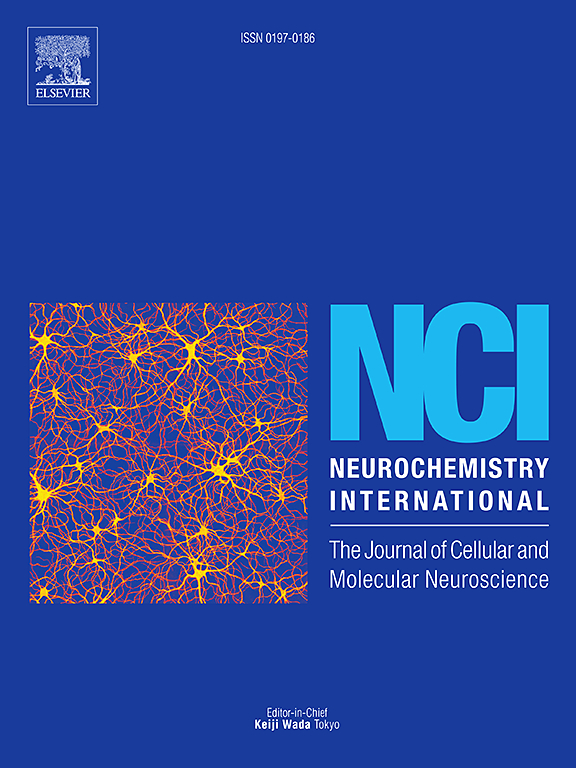Sigma-1 receptor activation produces faster antidepressant-like effect through enhancement of hippocampal neuroplasticity: Focus on sigma-1-5-HT1A heteroreceptor complex
IF 4.4
3区 医学
Q2 BIOCHEMISTRY & MOLECULAR BIOLOGY
引用次数: 0
Abstract
The sigma-1 receptor (S1R) has garnered significant attention as a potential target for rapid-onset antidepressant-like effects, particularly owing to its ability to swiftly stimulate serotonergic neurons in the dorsal raphe nucleus (DRN). However, the precise mechanisms underlying its regulatory effects remain unclear. Therefore, this study aims to examine the interaction between SA-4503 (a selective S1R agonist) and 8-OH-DPAT (a serotonin1A (5-HT1A) receptor agonist) in mice with depressive-like behavior induced by chronic restraint stress (CRS). Preliminary studies were conducted to explore the potential mechanisms underlying the accelerated antidepressant-like effects resulting from the combined activation of S1R and 5-HT1A receptors. The results showed that the coadministration of SA4503 (1.0 mg/kg, orally) and 8-OH-DPAT (0.3 mg/kg, i. g.) produced antidepressant-like effects. However, the doses of 8-OH-DPAT used in this study did not exhibit intrinsic antidepressant-like activity in this model. Moreover, using an in-situ proximity ligation assay provided the first evidence of S1R-5-HT1A heteroreceptor complexes in the midbrain DRN and dentate gyrus (DG) of the forebrain in mice. The formation of these heterocomplexes was influenced by pharmacological agents and was closely associated with depressive-like behavior development in mice. Mechanistic analysis revealed that the combined activation of S1R and 5-HT1A receptors synergistically enhanced neurogenesis and plasticity in the dorsal DG region of the hippocampus in mice subjected to CRS. These findings significantly advance our understanding of S1R-mediated neuroplasticity, suggesting potential therapeutic strategies for developing rapid-acting antidepressants.
求助全文
约1分钟内获得全文
求助全文
来源期刊

Neurochemistry international
医学-神经科学
CiteScore
8.40
自引率
2.40%
发文量
128
审稿时长
37 days
期刊介绍:
Neurochemistry International is devoted to the rapid publication of outstanding original articles and timely reviews in neurochemistry. Manuscripts on a broad range of topics will be considered, including molecular and cellular neurochemistry, neuropharmacology and genetic aspects of CNS function, neuroimmunology, metabolism as well as the neurochemistry of neurological and psychiatric disorders of the CNS.
 求助内容:
求助内容: 应助结果提醒方式:
应助结果提醒方式:


